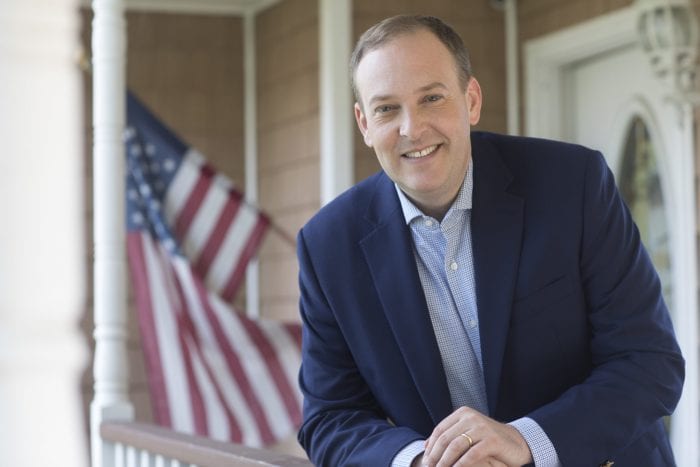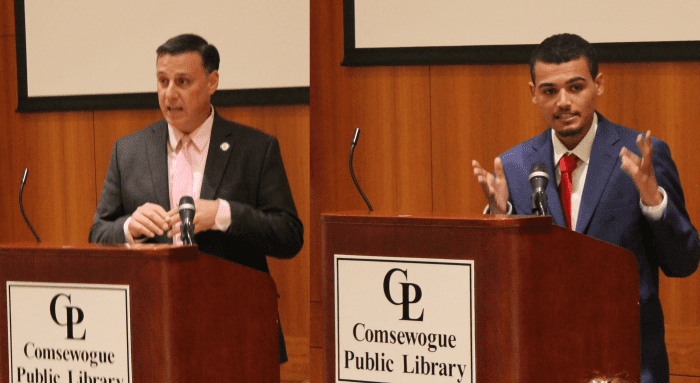By Daniel Dunaief

I have never been as happy to hear a Madonna song as I was this weekend.
Let me back up. My family and I attended our second familial wedding of the last three months. This one was a destination wedding in Ithaca, New York.
Stepping out of the rental car at the hotel on campus, I realized I wasn’t in Kansas anymore, as shorts, a T-shirt and a sweatshirt weren’t sufficient for the cooler upstate air.
In the hours before the ceremony on Saturday, my son, brother-in-law, his grown sons and I threw a tiny gift shop Nerf ball around on the baseball field, while surrounded by a visual collage of multi-colored foliage. That tiny football was probably the best $7.50 I’ve ever spent at a wedding.
With the wedding in the hotel, we only had to push an elevator button to get to the correct floor.
The bride and groom exchanged vows that they hadn’t previously shared with each other. Not too surprisingly after dating for close to a decade, the vows included many of the same references to things they each enjoyed about their time together, including dancing in the kitchen while making dinners, watching TV shows together during college, and running to the clock tower and back.
During the cocktail hour, I excused myself from my social circle to go to the bathroom, where I overheard the first of two unusual restroom conversations. The groom and his young cousin were chatting.
“You know the secret to a successful marriage?” the young man asked, eager to share the accelerated wisdom he’d accrued during his short life.
“What’s that?” the groom asked gamely.
“Separate vacations,” the sage young man suggested.
“Hmm, well,” the groom continued, “thanks so much for coming. I appreciate it.”
“My mom said my grandparents would have wanted us to come, so we came,” the unfiltered young man added.
Fortunately, neither of them could hear me inhale sharply.
Listening to the toasts and comments from the parents of the bride and groom, each side seemed to think the new member of the family would help soothe their partner. Perhaps, that says something about the way the bride and groom interact with their parents?
After dinner and before the music started, I returned to the restroom. This time, a man was standing at the sink, washing his hands.
“Out of respect for the gentleman who just walked in, I’m going to end our conversation about poop,” he said to a friend in the stall.
“Oh, uh, I’ll be leaving soon,” I offered, not wanting to interrupt.
“It’s okay,” he added. “We were done.”
Returning to the ballroom, I raced to the dance floor once the music started. My wife, children and I love to dance, with each of us smiling and shimmying as we jump, sway and sing the lyrics of the music. Somehow, our daughter knows the words to just about every song at most of these events, singing and shouting them to her cousin’s girlfriend, who has the same encyclopedic knowledge of modern music. I chime in with the chorus, while our son glides around, often with his arms in the air.
And here’s where Madonna came in. After bending my knees and swaying to numerous rap songs I had never heard before, I was thrilled to hear the familiar intro to a Madonna hit.
Buoyed by throwback sounds from an earlier decade, I threw myself around the floor, crooning for all I was worth.
When the rap songs returned, I scanned the floor and saw the bride, groom and their friends sharing their euphoria for the moment and for their familiar music. While Frank Sinatra never made an appearance, the happy couple were clearly doing it their way.
















